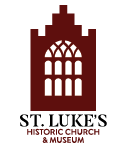On our recent visit to the UK we stopped by the Oliver Cromwell Museum in Huntingdon. The small room was once part of an Abbey and then was converted into a schoolroom where a young Oliver Cromwell studied. The Curator of the Cromwell Museum, Stuart Orme, shared his opinions about the man, the many myths associated with him, and perhaps a more balanced perspective. Cromwell was born in 1599 in the final years of the reign of Queen Elizabeth I. Fresh in the minds of every Englishmen at that time was the threat that they perceived from Roman Catholicism. Elizabeth had been threatened with assassination many times and the Protestant Martyrs who were executed by Queen Mary made any dalliances with Catholicism unthinkable. Cromwell was studying at Cambridge in 1616 but his studies were cut short by the death of his father the following year. Oliver had to return home, though he apparently studied some law at Lincoln’s Inn in London. In 1620 he married Elizabeth Bourchier, the daughter of a London Merchant who was very active in the Puritan movement, however it seems that religious matters did not yet occupy too much of his thoughts, nor did he show any signs of Puritan leanings as a letter to an Arminian Clergyman in 1626 suggests. Oliver was elected to Parliament in 1628 from Huntingdon. The following year Charles I dismissed Parliament and would govern the Kingdom through personal rule until the crisis of 1640. Soon Cromwell was experiencing economic hardships and a clash with local Huntingdon leaders over a proposed new charter for the town. He left Huntingdon for St Ives in 1631.It was at St Ives that Oliver suffered from a diagnosis of melancholia, what we refer to today as chronic depression. Though evidence is scarce, it would seem that his religious conversion began at this time in St Ives. It was during this time that he considered moving to New England, which would suggest his turn to Puritanism. In 1638 Cromwell wrote a letter to a Mrs. St John where he expresses something of his conversion; “ Oh, I lived in and loved darkness, and hated the light; I was a chief, the chief of sinners. This is true’, but now ‘my soul is with the congregation of the firstborn, my body rests in hope, and if here I may honour my God either by doing or by suffering, I shall be most glad”.1
Two years earlier his financial fortunes had taken a turn for the better as he inherited a house from an Uncle Thomas Cromwell in Ely. He lived there on and off for the next 10 years, though often away at war. Tensions began in 1637 when Archbishop Laud introduced a new prayer book and sought to impose it on the Scottish Kirk. On July 23, 1637 a woman named Jenny Geddes threw a stool at the Clergyman who was conducting services with the new Laudian prayer book. A riot ensued and within a year the National Covenant was signed and the Scots were preparing for war. Charles I was imposing harsh restrictions on clergy who were in support of the Covenanters, and when they would preach in open air “conventicles” they were arrested and some put to death. At stake was not only the imposition of the prayer book but a church governed by Bishops. The first of the “Bishops Wars” was to end in humiliating fashion for Charles I and when a second war broke out in 1640, with the Scots making a preemptive push into England, Charles was forced to call Parliament back into session. It didn’t last long. They were dissolved after only 3 weeks. Charles hatched a plan to arrest the leaders of his opposition but they were tipped off and Charles was forced to flee to safety at York. The War of the Three Kingdoms had begun. Cromwell was not a soldier by trade but his equestrian abilities enhanced a natural talent for war. Contrary to popular myth, Cromwell was not the head of the “Roundheads,” that task was given to Thomas Fairfax. Cromwell was an able student of the Veteran of the 30 Years War. Cromwell had gathered a force from local militia in Cambridge and was too late for the first major encounter at Edgehill but he would engage in battle at East Anglia at the Battle of Gainsborough in July of 1643. He was made Governor of Ely that year and the following year rose to the rank of Lieutenant General. He was credited with leading the Cavalry against the Royalists at Marston Moor, a significant victory for Parliament’s army. In 1645 the New Model Army was formed and won decisively at battle of Naseby in June. That previous January of 1645 saw the hated Archbishop Laud executed and by Charles I had surrendered himself to the Parliamentary forces. The first of the English Civil Wars was over. Now the question became of what to do with the King. Cromwell met with Charles I and his family and was favorably impressed with the King’s love of family. They negotiated and in 1647 a pact seemed likely until Charles slipped out of his captor’s hands and the 2nd Civil War began. The Scots, who had backed the Parliamentary forces originally had switched sides as concerns for what a Puritan government would bring for the Covenanters. Cromwell would defeat them and the remaining Royalists. The Battle of Preston in 1648 would prove fateful for the King. He was once again taken into custody and Cromwell and other members of the Army were not inclined towards mercy. On January 30, 1649 Charles I was executed outside the Banqueting House at Whitehall. Now the fight would be between those factions in Parliament who favored less radical reform policies and the more extreme positions within the New Model Army. Tensions also rose with movements like the Levellers that wanted more popular sovereignty. Meanwhile Cromwell and the New Model Army invaded Ireland to squash any semblance of Royalists there. This became the most controversial time of Cromwell’s life. HIs actions at Drogheda where scores of surrendering men, women and children were slaughtered at Cromwell’s order. Modern ethicists consider his actions a gross violation of the rules of engagement and hence the moniker of war criminal hangs over him to this day. Cromwell would next battle in Scotland and finally an attempt of Royalists and Scots forces were defeated by Cromwell on September 3, 1651 at the Battle of Worcester. Charles II, so crowned by the Scots before the Battle, was able to escape to exile in France.
In 1653 Cromwell would be named Lord Protector. His policies showed an unusual tolerance towards religious minorities, including Catholics and the return of the Jewish Community who had been expelled in 1290. A Constitution was established that allowed for broad freedoms and would become a model for the framers of the U.S. Constitution more than a century later. Cromwell was hampered by factions from within the Puritan movement, each seeking to dominate the reform movement that they felt were not going far enough. By the time of Cromwell’s death in 1658 concerns over the stability of the Commonwealth began to rise and his son Richard was unable to hold the government together. By 1660, shockingly, Charles II would be invited back to the throne. The Restoration ended an experiment that would however continue to ripple through the decades to come.
When you visit the Cromwell House in Ely, as we did on our trip, a film is shown asking the question of whether Cromwell is a hero or a villain? Is he one or the other? A little of both? Or neither? One thing is for certain, Cromwell will continue to bedevil us as we seek to grasp his significance for our current political situation in the United States as well as in Great Britain and around the globe. The Cromwell Museum’s Curator, Stuart Orne, helped us get a fresh perspective on a man who was England’s most notable commoner.
1) Oliver Cromwell: The Brave, Bad man of British History, John Morill Bloomsbury Continuum, 2024 page 34.
Our thanks to Stuart Orne and The Cromwell Museum in Huntingdon for their cooperation in with all of our efforts. https://www.cromwellmuseum.org/
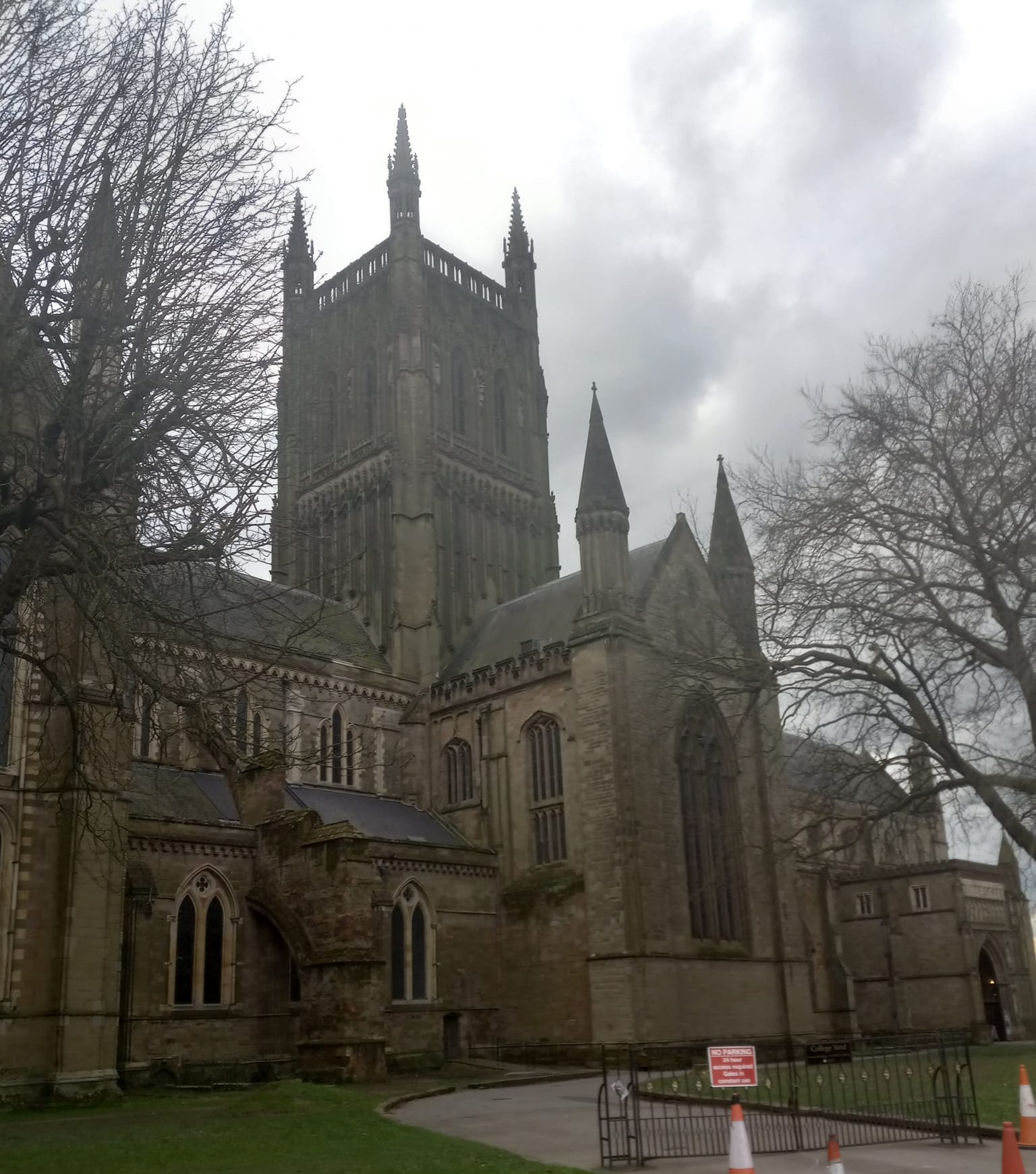
Above: Worcester Cathedral. Charles II watched the Battle of Worcester from it’s tower on September 3, 1651.
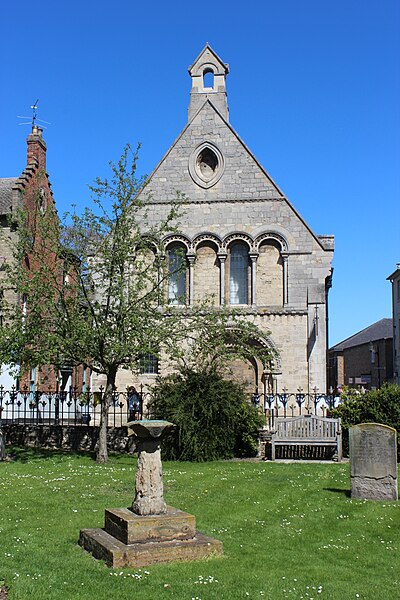
Above: The Cromwell Museum, former school that Cromwell attended.
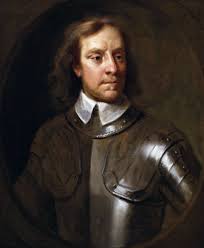
Above: Portrait of Cromwell.
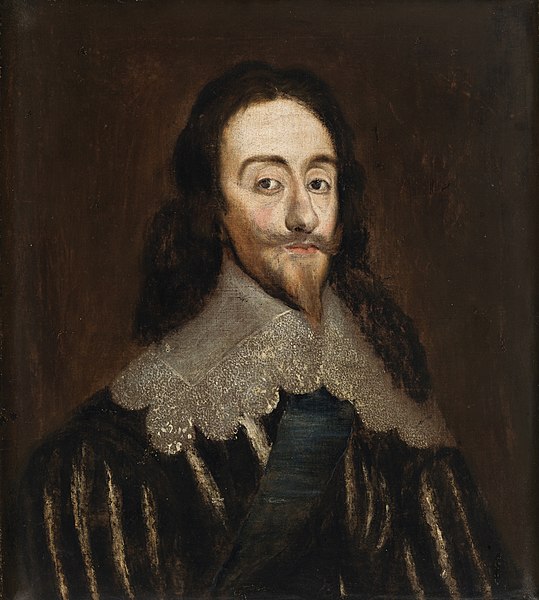
Above: Portrait of Charles I .
Enjoy this article? Please consider supporting St. Luke’s with a donation!
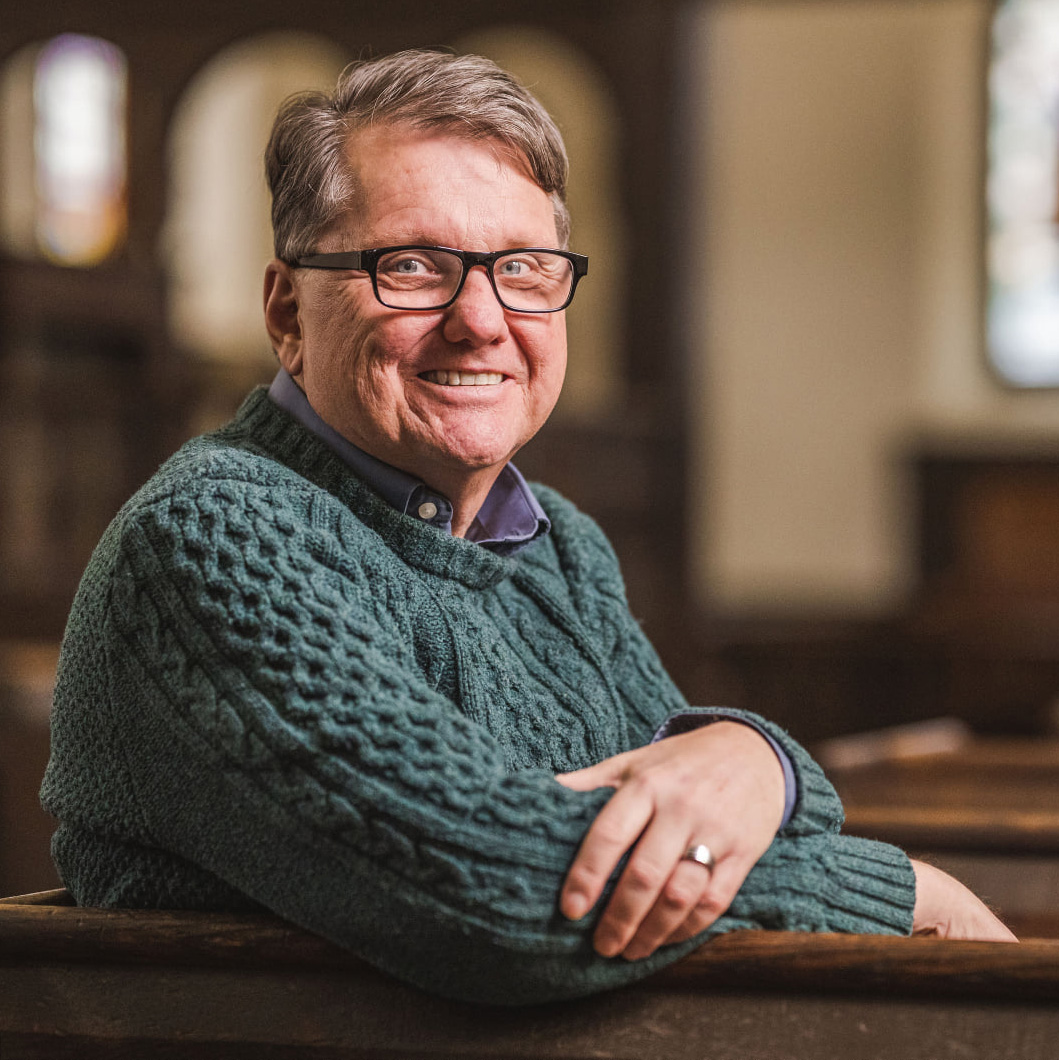
About the Author
John Ericson is the Education Coordinator and a Public Historian for St. Luke’s Historic Church & Museum. John holds a degree in History from Roanoke College and a Masters of Divinity from the Lutheran Theological Seminary at Gettysburg. In addition to John’s role at St. Luke’s, he is the Pastor of Reformation Lutheran Church in Newport News, Virginia. John is married to Oneita Jamerson Ericson, a native of Isle of Wight County, Virginia. They have three sons, Matthew, Thomas, and James, as well as two granddaughters, Carys and Lennon. The Ericsons currently reside in Hampton, Virginia. John has been teaching Reformation History and the Early American Religious Experience for more than thirty years.
